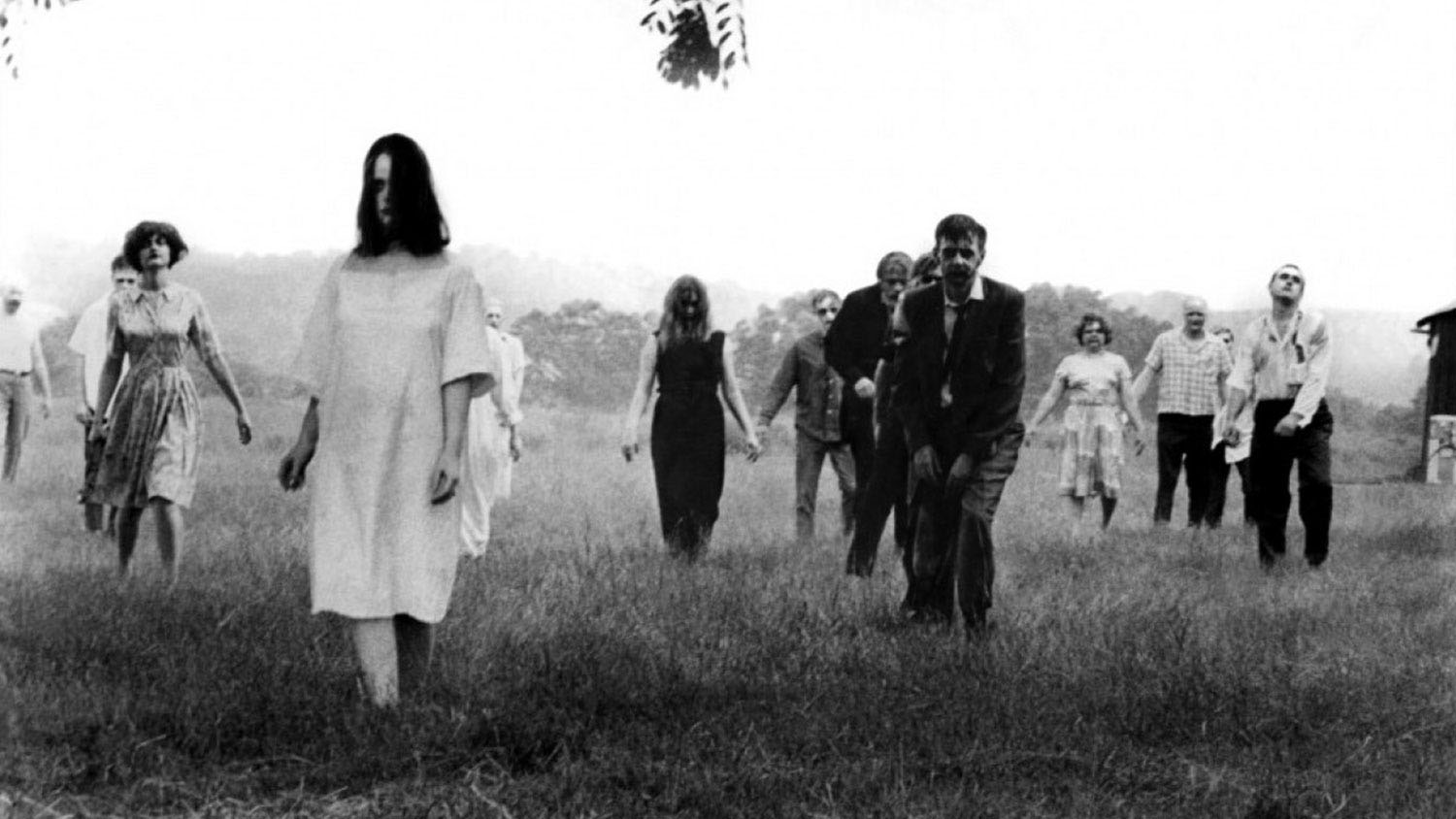My first zombie movie was "Night of the Living Dead," viewed at a midnight screening at the old Harvard Square Cinema, attended by a small coterie of late-night freaks and stoners. With its relentless dread and entrail-chomping ghouls, it was a film beyond the pale of normal, daytime moviegoers.
Flash forward three decades and zombie series "The Walking Dead" is one of America's most popular TV shows, with a record-breaking 12.4 million viewers tuning into the Season 3 finale, while "World War Z" is a Hollywood summer blockbuster. Zombies are everywhere you look: The iOS app store has best-selling game "Plants vs. Zombies," the bookstores have moved plenty of Seth Grahame-Smith's parody novel, "Pride and Prejudice and Zombies," the news gives us reports of actual face-eating attacks, and the streets occasionally fill with "zombie walks," flash-mob style parades where participants shuffle about in full undead makeup. (Walkers were even spotted in Yoyogi Park back in May.)
The zombie's moment in the pop-cultural landscape is clearly now, but it's been a long time coming. The modern notion of the zombie, the corpse come back to life, originates out of Haiti, where voodoo sorcerers would use a complex brew of poisons — including fugu venom — to put a person into a comatose state resembling death, then dig the victim up after burial and bring them back to life in a sort of half-conscious, traumatized state. This may sound like mere folk superstition, but there is an actual article in the Haitian penal code outlawing digging up corpses and bringing them back to life. (Japan has bucked this legal trend for fear of thinning out the ranks of the Diet.) The practice of zombification was well documented by ethnobotanist Wade Davis in his astounding book "The Serpent and the Rainbow," which was made into an entertaining if highly Hollywoodized movie by Wes Craven in 1988.



